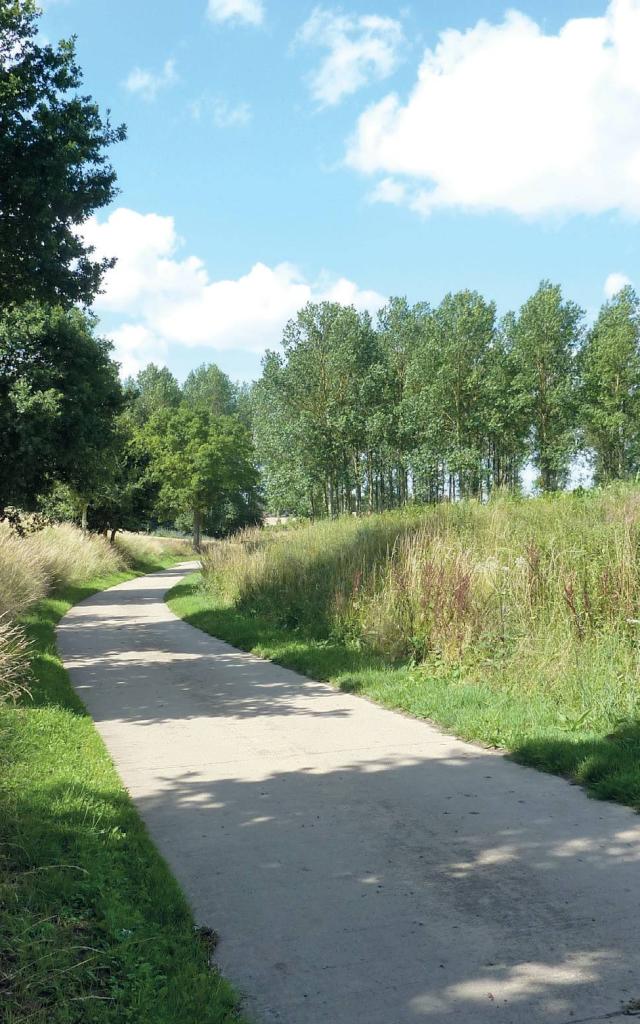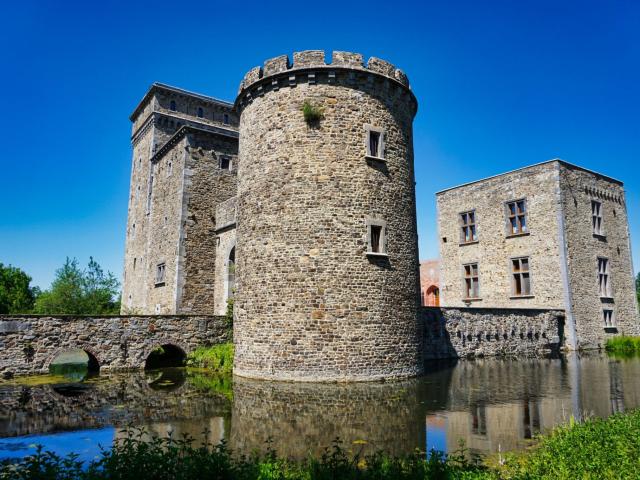The must-sees
Patrimonial, unusual, sporty, fun: if you had to do only one activity in this locality it’s in these proposals that you will find it.
 Château d'Oudoumont
Château d'OudoumontPatrimonial, unusual, sporty, fun: if you had to do only one activity in this locality it’s in these proposals that you will find it.
Verlaine aims to be a warm and welcoming commune, proud of its heritage to be discovered or rediscovered thanks to the circuits created by members of the P.C.D.N. The folder containing the 8 roadbooks is available from the Administration Communale.
Walkers will have every opportunity to eat, drink and stroll along Verlaine’s paths, enjoying the environment, meeting craftsmen and shopkeepers, encouraging them to extend their stay, and marvelling at the warm welcome offered by the B&Bs available.
.
 Bomiete
Bomiete Château de Seraing-le-Château
Château de Seraing-le-Château Ferme de Gerbehaye à Bodegnée
Ferme de Gerbehaye à BodegnéeLooking for accommodation, wanting to discover the expertise of our chefs,
looking for your next outing, needing to get some fresh air…
we’ve selected the essentials of the commune for you.